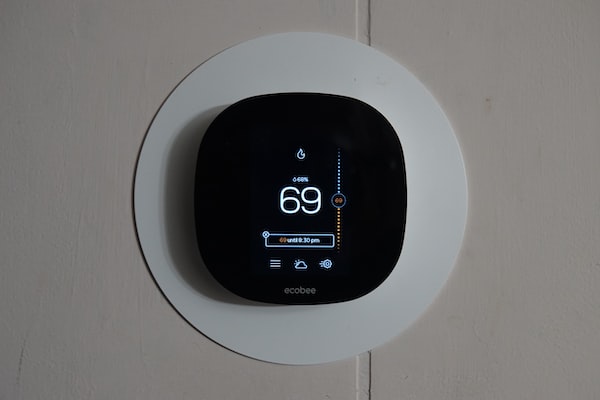Your thermostat is the piece of equipment that controls your heating and cooling system. By properly setting your thermostat, you can help ensure that you are using your energy efficiently, saving both money and energy in the process. Anyone that wants to maintain a cozy and temperate indoor environment will need to know how to use their thermostat, but many people don’t know what to do or how to get the most out of their HVAC system. Fortunately, there are plenty of resources that can teach you everything that you need to know. If you’re in need of advice, keep reading to find out when to use the “on” setting vs. the “auto” setting on your thermostat.
When do you use the “on” setting vs. the “auto” setting on your thermostat?

In general, using the auto setting on your thermostat is recommended because it allows you to save energy and money while maintaining consistent temperatures throughout your home. With this setting enabled, your heating and cooling system will automatically turn off when desired temperatures are reached. This not only reduces energy costs but also helps extend the life of your HVAC system. You may be wondering, should fan be on auto or on for heat? The answer is “auto”, but there are several situations where you may want to turn your thermostat on so that the fan runs continuously.
The on setting keeps the system running regardless of the temperature. This can be beneficial if it is extremely hot and you require a constant cooling effect from the air conditioner. It also guarantees that dust particles and other allergens don’t build up in your ventilation system as much because continual air circulation is being maintained. However, this means higher energy bills due to increased electricity use over time which may not be suitable for all budgets. Ultimately, your decision needs to account for the climate and your individual preferences.
No matter how you use your system, you need to be proactive about regular maintenance if you want it to remain in good working order. That means having it inspected annually by an HVAC technician and changing the filter at least once every 90 days, though many homeowners opt to change their air filters on a monthly basis to ensure peak performance.
What else can you do to maintain your preferred indoor temperature?

Now that you know how to set your thermostat appropriately, let’s discuss some of the other things you can do to maintain your preferred indoor temperature. For example, proper ventilation is necessary if your goal is to create a temperate indoor environment. Ventilation is what ensures that the air in your home isn’t stuffy or uncomfortable and that it doesn’t become stagnant. Improving your ventilation can involve making use of several ceiling or standing fans and opening your windows every once in a while to create better airflow.
The condition of your home could be impacting the indoor temperature as well. That’s because cracks and crevices in your windows can let in outdoor air, moisture, and even pests. That’s why you need to inspect your windows regularly to see if there are any new flaws or imperfections. If you see any, then you should seal them immediately with caulk or weatherstripping before they can get worse. If you find severe damage, then you may need to talk to a contractor about having your windows professionally repaired or replaced.
As you can see, which setting you choose for your thermostat is a decision that affects your home comfort, energy efficiency, and monthly energy bills. Setting your thermostat to “on” allows you to benefit from consistent heating or cooling, and can be especially useful in areas with extreme temperatures, but it can result in higher energy bills. Consider your climate, home, and budget when choosing the best setting for your thermostat. You should also improve your ventilation and seal air leaks if you want your HVAC system to be effective. Follow the tips in this article and you and your family will be cozy at home all year long.
Read More:

